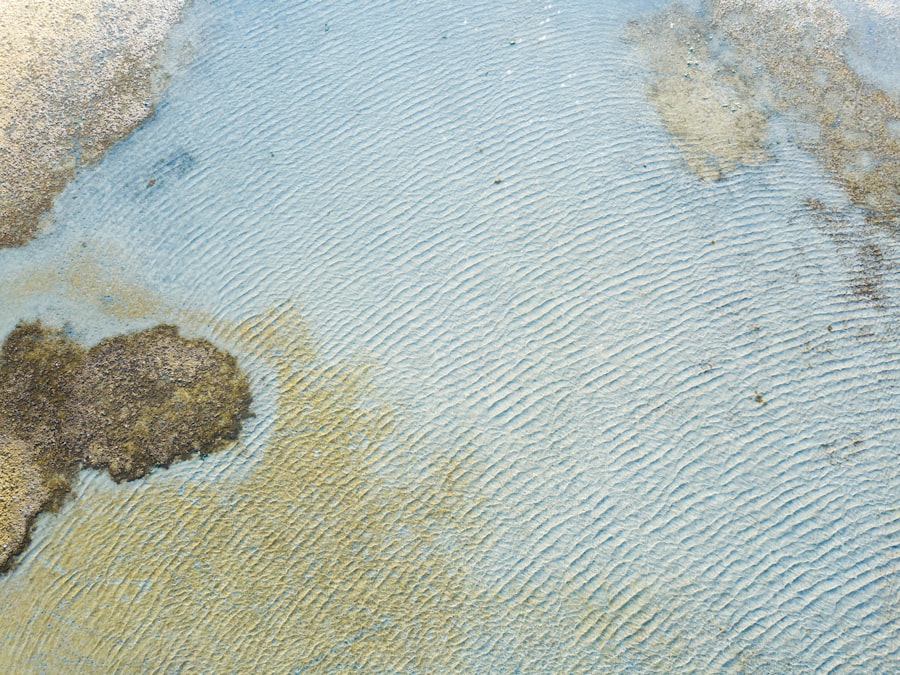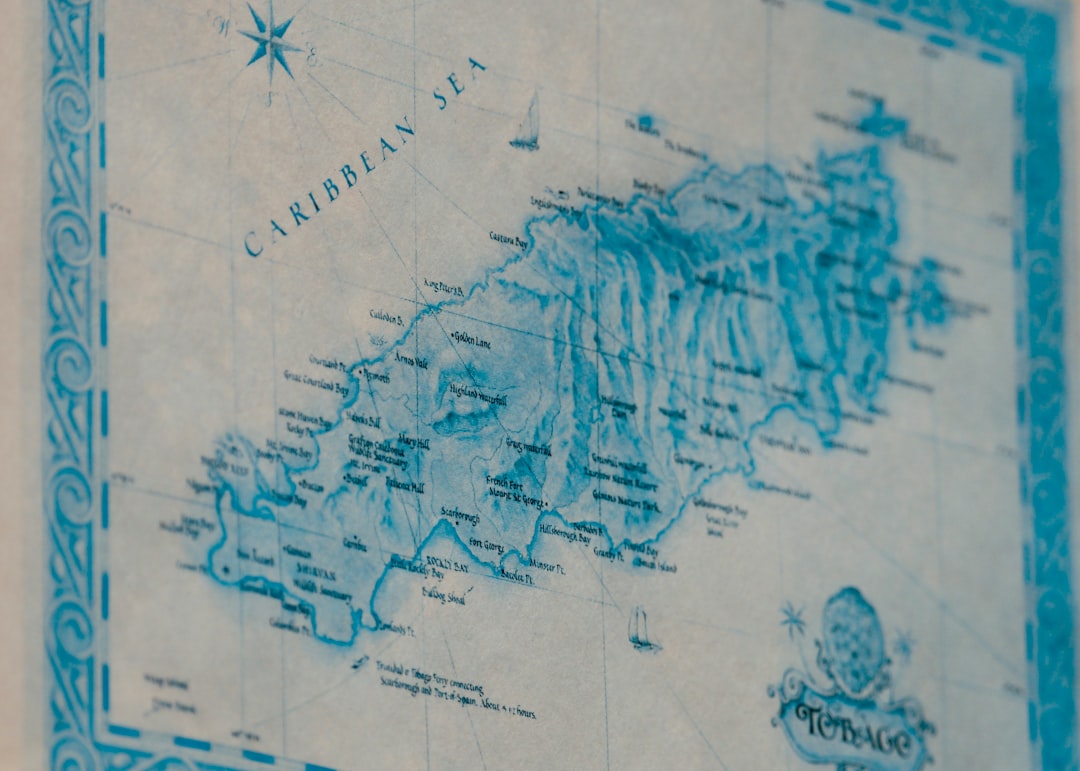The Drake Passage, a body of water situated between the southern tip of South America and Antarctica, is renowned for its tumultuous seas and unpredictable weather. Named after the English explorer Sir Francis Drake, who navigated these waters in the late 16th century, the passage serves as a critical maritime route for vessels traveling to and from Antarctica. Stretching approximately 800 kilometers (500 miles) wide, it connects the Atlantic and Pacific Oceans, making it a vital conduit for oceanic currents and marine biodiversity.
The passage is not only significant for its geographical location but also for the unique challenges it presents to sailors and researchers alike. The Drake Passage is often characterized by its rough seas and strong winds, which can create treacherous conditions for even the most experienced mariners. The confluence of the Antarctic Circumpolar Current, which flows unimpeded around Antarctica, and the various currents from the Atlantic and Pacific Oceans results in a dynamic marine environment.
This unique interplay of oceanic forces contributes to the passage’s reputation as one of the most challenging waters to navigate in the world. Despite these challenges, the Drake Passage remains a crucial route for scientific exploration and tourism, drawing adventurers and researchers eager to study its rich marine life and complex ecosystems.
Key Takeaways
- The Drake Passage is a narrow body of water between South America’s Cape Horn and the South Shetland Islands of Antarctica, known for its turbulent seas and challenging weather conditions.
- The ocean map of the Drake Passage shows a complex system of currents, including the Antarctic Circumpolar Current, which plays a crucial role in global ocean circulation.
- Navigational challenges in the Drake Passage include strong winds, high waves, icebergs, and unpredictable weather, making it one of the most difficult sea routes to navigate.
- The Drake Passage is important for oceanography due to its role in the exchange of water, heat, and nutrients between the Pacific, Atlantic, and Indian Oceans, as well as its impact on climate and marine life.
- The passage is home to a diverse range of wildlife and marine life, including whales, seals, penguins, and seabirds, making it a popular destination for wildlife enthusiasts and researchers.
Understanding the Ocean Map of the Drake Passage
To fully appreciate the significance of the Drake Passage, one must examine its ocean map, which reveals a complex interplay of currents, depths, and geographical features. The passage is bordered by Cape Horn to the north and the South Shetland Islands to the south, creating a natural funnel that directs oceanic flows. The bathymetry of the region is equally fascinating, with deep trenches and underwater ridges that influence both marine navigation and ecological systems.
The currents within the Drake Passage are particularly noteworthy. The Antarctic Circumpolar Current, which encircles Antarctica, is the world’s largest ocean current and plays a significant role in regulating global climate patterns.
This current interacts with other major currents, such as the Humboldt Current from the Pacific Ocean and the Brazil Current from the Atlantic Ocean, creating a dynamic environment that affects weather systems far beyond the immediate region. Understanding these currents is essential for navigators and scientists alike, as they influence everything from shipping routes to marine biodiversity.
Navigational Challenges in the Drake Passage

Navigating the Drake Passage presents a myriad of challenges that can test even the most seasoned sailors. The unpredictable weather patterns, characterized by sudden storms and high winds, can create hazardous conditions that change rapidly. Mariners must be prepared for steep waves that can reach heights of up to 15 meters (50 feet), making it imperative to have a well-equipped vessel and a skilled crew.
The combination of strong currents and shifting weather can lead to difficult decision-making scenarios, where quick thinking and adaptability are crucial for safe passage. In addition to weather-related challenges, navigators must also contend with the intricate geography of the passage. The presence of underwater features such as submerged rocks and shifting sandbanks can pose significant risks to vessels.
Accurate navigation requires not only a thorough understanding of nautical charts but also real-time data on sea conditions. Modern technology has improved safety measures, with advanced radar systems and GPS providing critical information to help mariners avoid potential hazards. However, despite these advancements, navigating the Drake Passage remains a formidable task that demands respect and caution.
Importance of the Drake Passage for Oceanography
| Aspect | Importance |
|---|---|
| Location | The Drake Passage is the narrowest stretch of ocean between Antarctica and South America, allowing for the exchange of water masses between the Pacific and Atlantic Oceans. |
| Currents | The passage is a major pathway for the Antarctic Circumpolar Current, which plays a crucial role in global ocean circulation and climate regulation. |
| Biodiversity | The mixing of waters in the passage supports a rich ecosystem, including diverse marine life and seabird populations. |
| Research | Scientists study the passage to understand its impact on climate, ocean dynamics, and marine ecosystems, making it a key area for oceanographic research. |
The Drake Passage holds immense importance for oceanographic research due to its unique position as a meeting point for various ocean currents. Scientists study this region to gain insights into global climate change, marine ecosystems, and ocean circulation patterns. The passage acts as a natural laboratory where researchers can observe how different water masses interact and influence one another.
This interaction is vital for understanding broader environmental changes that affect not only local ecosystems but also global climate systems. Moreover, the Drake Passage serves as a critical area for studying marine biodiversity. The nutrient-rich waters support a diverse array of marine life, including krill, which forms the foundation of the Antarctic food web.
Researchers often conduct expeditions in this region to monitor populations of various species and assess their health in relation to changing environmental conditions. By understanding how marine life in the Drake Passage responds to factors such as temperature fluctuations and ocean acidification, scientists can better predict future changes in marine ecosystems worldwide.
Wildlife and Marine Life in the Drake Passage
The Drake Passage is teeming with wildlife, making it one of the most biodiverse marine environments on Earth. The nutrient-rich waters support an abundance of marine life, including various species of fish, seals, whales, and seabirds. Among these creatures, Antarctic krill plays a pivotal role as a primary food source for many larger animals, including blue whales and leopard seals.
The presence of such diverse species highlights the ecological significance of this region and underscores its importance for conservation efforts. Birdwatchers are particularly drawn to the Drake Passage due to its rich avian population. Species such as albatrosses, petrels, and skuas can often be seen soaring above the waves or diving into the water in search of food.
These birds are not only fascinating to observe but also serve as indicators of environmental health in the region. Their populations can reflect changes in marine ecosystems caused by climate change or human activity, making them valuable subjects for scientific study.
Historical Significance of the Drake Passage

The historical significance of the Drake Passage cannot be overstated. It has long been a critical route for explorers, traders, and researchers seeking to navigate between continents. Sir Francis Drake’s expedition in 1578 marked one of the first recorded crossings of this treacherous waterway, paving the way for future exploration and maritime trade routes.
Over the centuries, countless adventurers have braved its waters in search of new lands and resources, contributing to our understanding of geography and navigation. In addition to its role in exploration, the Drake Passage has also been pivotal in shaping maritime history. The passage has served as a gateway for whaling fleets during the 19th century and has been integral to scientific expeditions aimed at studying Antarctica’s unique environment.
Today, it continues to attract researchers and tourists alike who seek to experience its natural beauty while contributing to ongoing studies about climate change and marine conservation.
Weather and Climate Patterns in the Drake Passage
The weather patterns in the Drake Passage are notoriously unpredictable, characterized by rapid changes that can occur within hours. The region experiences strong winds due to its exposure to both polar air masses from Antarctica and warmer air from lower latitudes. This clash of temperatures often results in stormy conditions that can create challenging navigation scenarios for vessels traversing these waters.
Mariners must remain vigilant and prepared for sudden shifts in weather that can impact their journey. Climate patterns in the Drake Passage are also influenced by broader global phenomena such as El Niño and La Niña events. These climatic shifts can alter ocean temperatures and currents, affecting marine life and weather conditions in the region.
As climate change continues to impact global weather systems, understanding these patterns becomes increasingly important for predicting future changes in both local ecosystems and global climate dynamics.
Safety Measures for Navigating the Drake Passage
Given its reputation for treacherous conditions, safety measures are paramount when navigating the Drake Passage. Mariners are advised to equip their vessels with advanced navigation technology, including radar systems and GPS devices that provide real-time data on sea conditions. Additionally, having a well-trained crew familiar with emergency protocols is essential for ensuring safety during unexpected weather events or equipment failures.
Preparation also involves thorough planning before embarking on a journey through the passage. Sailors should consult updated nautical charts and weather forecasts to assess potential risks along their route. It is advisable to travel in groups or convoys whenever possible, as this can provide additional support in case of emergencies.
By taking these precautions seriously, mariners can significantly reduce risks associated with navigating one of the world’s most challenging maritime routes.
Recommended Routes for Crossing the Drake Passage
When planning a crossing of the Drake Passage, selecting an appropriate route is crucial for ensuring safety and efficiency. The most common route begins at Ushuaia, Argentina’s southernmost city, which serves as a launching point for many expeditions heading toward Antarctica. From Ushuaia, vessels typically head southwest toward Cape Horn before entering the open waters of the passage.
Another recommended route involves navigating through the Beagle Channel before entering the Drake Passage itself. This channel provides some shelter from harsh winds and waves while allowing vessels to prepare for open sea conditions ahead. Regardless of the chosen route, mariners should remain flexible and ready to adapt their plans based on real-time weather updates and sea conditions.
Tips for Navigating the Drake Passage
Navigating through the Drake Passage requires careful preparation and awareness of potential challenges. One essential tip is to monitor weather forecasts closely before departure; understanding upcoming conditions can help mariners make informed decisions about when to set sail or adjust their course during transit. Additionally, maintaining open communication with other vessels in the area can provide valuable insights into changing conditions or potential hazards.
Another important consideration is ensuring that all safety equipment is readily accessible onboard. Life jackets, flares, first aid kits, and emergency beacons should be checked regularly to ensure they are functional before embarking on any journey through these waters. Finally, mariners should prioritize crew training; having a well-prepared team can make all the difference when facing unexpected challenges during navigation.
Conclusion and Final Thoughts
The Drake Passage stands as a testament to nature’s power and beauty while serving as an essential route for exploration and scientific research. Its unique geographical features, rich biodiversity, and historical significance make it a focal point for both adventure seekers and scholars alike. While navigating these waters presents numerous challenges due to unpredictable weather patterns and treacherous conditions, proper preparation can mitigate risks significantly.
As climate change continues to impact our oceans, understanding regions like the Drake Passage becomes increasingly vital for preserving marine ecosystems and predicting future environmental changes. Whether one is drawn by adventure or scientific inquiry, traversing this remarkable body of water offers an unparalleled opportunity to engage with some of Earth’s most dynamic natural environments. Ultimately, respect for both nature’s power and its fragility will guide future explorations through this iconic maritime passage.
The Drake Passage is a significant body of water that connects the Atlantic and Pacific Oceans, and understanding its geography is crucial for navigators and researchers alike. For those interested in exploring more about oceanic maps and geographical quests, a related article can be found on MyGeoQuest. This resource provides insights into various geographical explorations and mapping techniques. To delve deeper into the fascinating world of ocean maps and geographical discoveries, you can visit the article on com/sample-page/’>MyGeoQuest’s sample page.
WATCH NOW! Drake Passage: Earth’s Deadliest Waters Revealed
FAQs
What is the Drake Passage?
The Drake Passage is a body of water located between the southern tip of South America and the northern tip of the Antarctic Peninsula. It connects the Atlantic and Pacific Oceans.
Why is the Drake Passage significant?
The Drake Passage is known for its rough seas and strong winds, making it one of the most challenging and treacherous waterways for sailors to navigate. It is also an important region for oceanic and atmospheric circulation, as it is a major pathway for the movement of water and air between the Atlantic and Pacific Oceans.
What is a Drake Passage ocean map?
A Drake Passage ocean map is a detailed map that shows the geographical features, ocean currents, and other important information about the Drake Passage. It is used by researchers, sailors, and scientists to study the region and plan expeditions.
What can be found on a Drake Passage ocean map?
A Drake Passage ocean map typically includes information about the bathymetry (underwater topography), ocean currents, wind patterns, and important landmarks such as islands and research stations. It may also include data on marine life, weather patterns, and historical expeditions in the area.
How is a Drake Passage ocean map used?
A Drake Passage ocean map is used by researchers and scientists to study the physical and biological characteristics of the region, by sailors to navigate the challenging waters, and by policymakers to make decisions about conservation and management of the area. It is an important tool for understanding the complex dynamics of the Southern Ocean.
